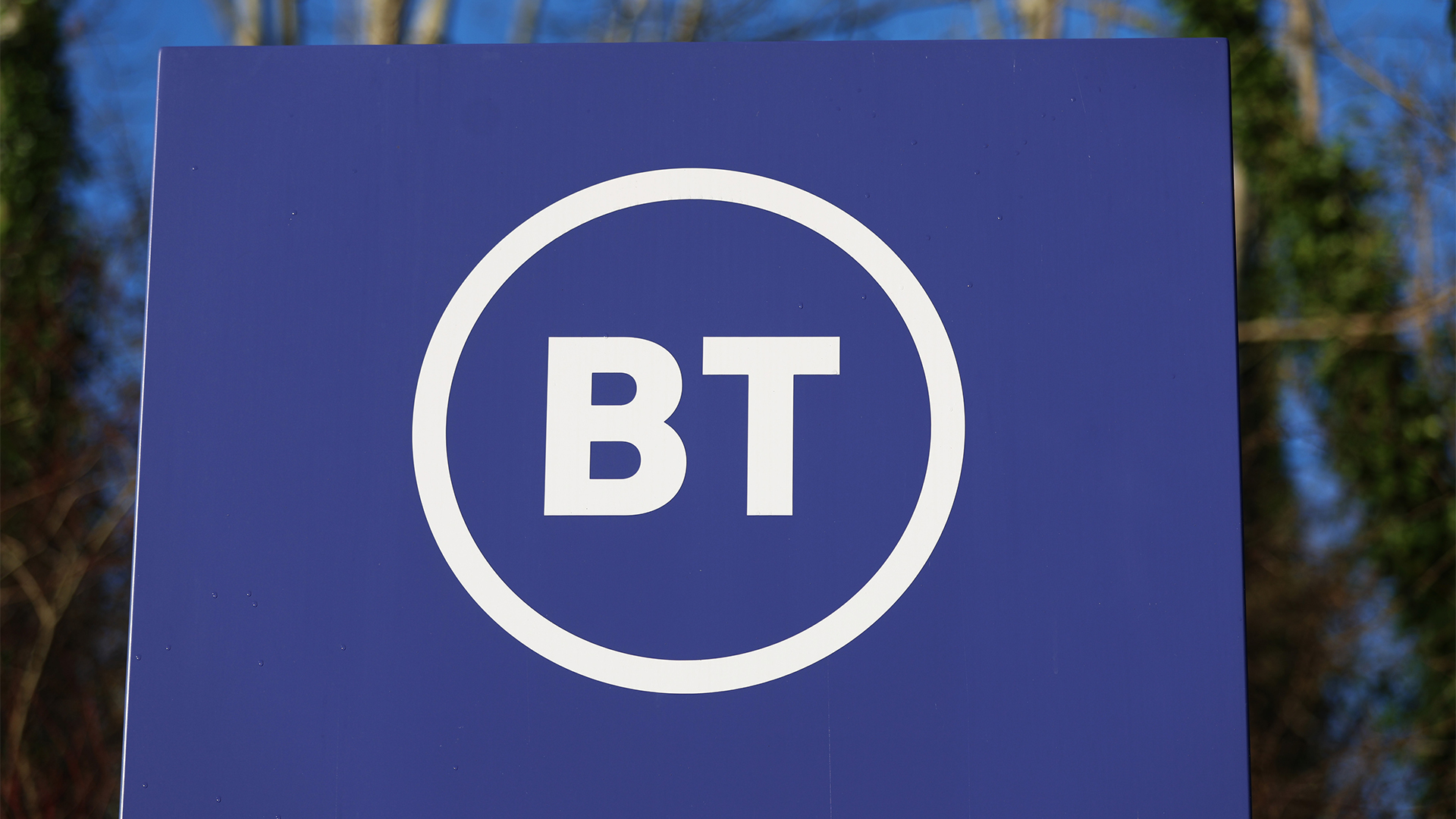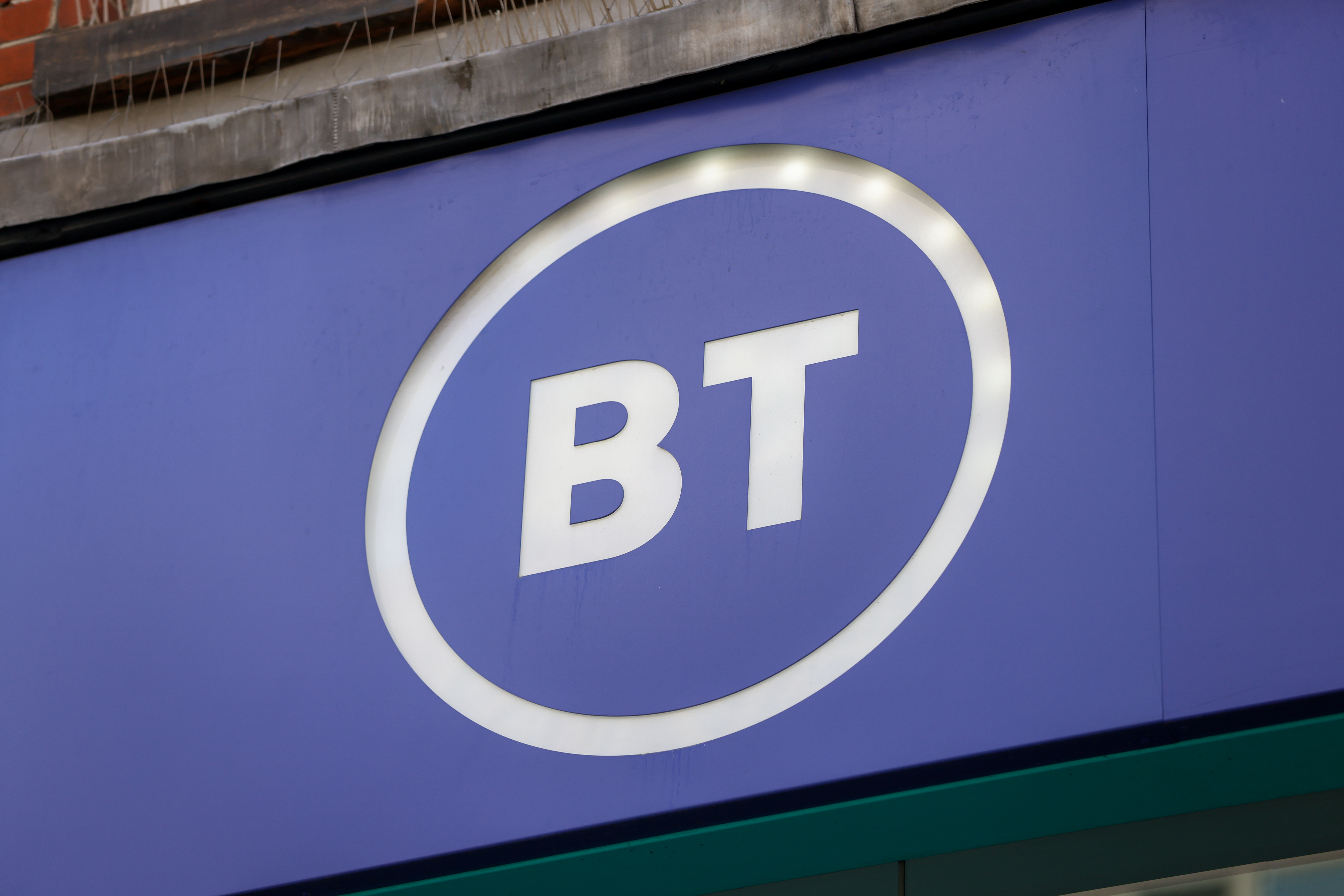BT announces FTTP 'on demand'
FTTP 'on demand' will be ready for customers next year after BT does another trial this summer.


BT today announced a Fibre-to-the-Premises (FTTP) on demand' offering, which will let businesses and individuals ask for up to 300 Mbps services when they want it.
It will not be true 'on demand,' however, as customers will not be able to choose short-term contracts when the initiative launches in spring 2013.
The announcement came after a successful trial of FTTP on demand in St Agnes, Cornwall. The offering will be available in any area where BT has fibre coverage.
We remain the number one broadband retailer with over six million customers
Another trial will take place this summer ahead of the 2013 launch.
"Anywhere within a Fibre-to-the-Cabinet (FTTC) footprint, should a business or a home customer demand it, basically they will sort of splice into the network," a BT spokesperson told IT Pro.
"Because it is Openreach doing this there could be a number of ways that it will work. It could be offered on a wholesale basis, so say for instance BT Retail or another ISP could decide they want to offer this to customers or SMEs wanting this. They could then either pass on the cost to their customers or it might be they decide to absorb the cost themselves.
Sign up today and you will receive a free copy of our Future Focus 2025 report - the leading guidance on AI, cybersecurity and other IT challenges as per 700+ senior executives
"Local authorities might decide that as part of their plans, they might have a local business park and there are funds to [get FTTP there] as well."
BT is currently in the process of rolling out fibre to two-thirds of the UK, which it expects to complete by the end of 2014.
The ISP has also confirmed it will have doubled the speeds of its FTTC offerings by spring this year, meaning downstream speeds will go up to 80Mbps rather than up to 40Mbps. Upstream speeds will also go up to 20Mbps.
Seven million premises can currently access fibre broadband over BT's network and this figure will rise to 10 million by the end of this year.
Virgin recently announced it was to double the speeds for all of its four million broadband customers, but it won't be finished until next year.
Results day
Today also saw some solid results for the third quarter ending 31 December coming out of BT. Whilst revenue was down five per cent year-over-year, profit rose by three per cent.
Openreach was the star performer of the quarter, posting a seven per cent jump in profits. BT may be concerned about its Retail division, which sells products like the Infinity fibre offering, as it saw flat growth in profits and a five per cent dip in revenues.
BT chose to blame the weather for the six per cent dip in consumer revenue, claiming calls and lines revenue and lower call volumes in part reflected "the warmer weather compared with the same quarter last year."
"We remain the number one broadband retailer with over six million customers," said BT CEO Ian Livingston.
"Our fixed-line base has now grown for the last five quarters and our active consumer line loss is at its lowest for five years."
BT expects to achieve its profit target of 6 billion a year in 2012, Livingston added.
Tom Brewster is currently an associate editor at Forbes and an award-winning journalist who covers cyber security, surveillance, and privacy. Starting his career at ITPro as a staff writer and working up to a senior staff writer role, Tom has been covering the tech industry for more than ten years and is considered one of the leading journalists in his specialism.
He is a proud alum of the University of Sheffield where he secured an undergraduate degree in English Literature before undertaking a certification from General Assembly in web development.
-
 Cloudflare is cracking down on AI web scrapers
Cloudflare is cracking down on AI web scrapersNews Cloudflare CEO Matthew Prince said AI companies have been "scraping content without limits" - now the company is cracking down.
-
 Swiss government data published following supply chain attack – here’s what we know about the culprits
Swiss government data published following supply chain attack – here’s what we know about the culpritsNews Radix, a non-profit organization in the health promotion sector, supplies a number of federal offices, whose data has apparently been accessed.
-
 Equinix acquires BT's Irish data centers in €59 million deal
Equinix acquires BT's Irish data centers in €59 million dealNews As BT moves to an asset-light business model, Equinix looks to expand
-
 BT just extended the PSTN switch-off deadline — here’s what you need to know
BT just extended the PSTN switch-off deadline — here’s what you need to knowNews BT described the move as a “revision”, citing a series of improvements to the wider PSTN switch-off programme
-
 Architecting enterprise networks for the next decade
Architecting enterprise networks for the next decadeWhitepaper A new paradigm in network architecture
-
 BT misses key Huawei kit removal deadline, but the telco is “almost over the line”
BT misses key Huawei kit removal deadline, but the telco is “almost over the line”News BT is still reliant on non-compliant Huawei equipment for 2G and 3G services
-
 UK government eyes £160 million satellite fund to boost 5G and broadband
UK government eyes £160 million satellite fund to boost 5G and broadbandNews Low Earth orbit satellites could be crucial for worldwide communications stability
-
 BT partners with HPE to deliver new global managed LAN service
BT partners with HPE to deliver new global managed LAN serviceNews The latest collaboration combines BT’s connectivity expertise with HPE Aruba Networking’s latest LAN solutions
-
 Making the switch
Making the switchWhitepaper Realise the benefits of IP technology ahead of the digital ‘switch-on’
-
 BT and OneWeb succeed in "game changer" satellite connection trial
BT and OneWeb succeed in "game changer" satellite connection trialNews Smaller businesses in rural areas could benefit from improvements to backhaul services using satellites, with speeds increasing by an order of magnitude
